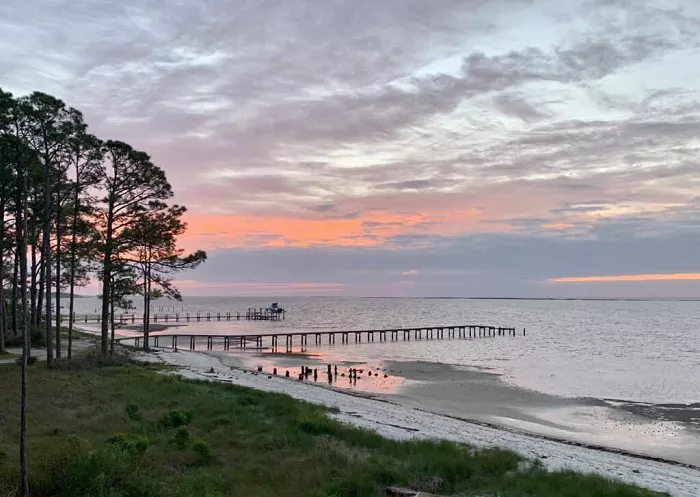Jim Clark, a senior lecturer in history at the University of Central Florida, is set to present a fascinating look at some of Florida’s once-popular—but now largely forgotten—tourist destinations. Clark, who has spent years researching the state’s historical attractions, will share his insights on April 9 at 1 p.m. at the Spring Hill Branch Library.
During his talk, titled Florida’s Lost Attractions, Clark will highlight the state’s historical significance in the tourism industry, including a reflection on its pioneering role in the U.S. tourism boom.
“If the Jamestown colonists had only known, they could have had a better time of things in the new country,” Clark remarked. “If they had sailed just a few hundred miles south, they could have checked into a hotel in St. Augustine and ordered room service. Florida was first in everything.”
Clark’s lecture will explore a variety of sites that defined Florida’s early tourism, starting with the steamboat tourism boom following the Civil War. Among the featured attractions is Silver Springs in Ocala, which opened in the late 19th century and became a popular spot for visitors. However, for a period of time, the site was segregated—Silver Springs was reserved for white visitors, while African Americans were directed to Paradise Park.
Also among the lost attractions discussed by Clark is Tampa’s Sulphur Springs, which at one time was a major tourist draw. “It had a big hotel and all sorts of entertainment, and it was in the top 20 Florida attractions at one point,” Clark noted. Another unusual feature of Florida’s tourism history was St. Petersburg’s 1940s guinea pig colony, which became an iconic oddity of its time.
Clark, who authored Lost Attractions of Florida, will also touch on other forgotten landmarks such as Pasco County’s Dupree Gardens, which was once known for its stunning beauty but is now replaced by suburban development in Land O’Lakes.
Clark’s historical accounts also delve into Tampa’s Henry B. Plant Hotel, with its signature minarets. The hotel, which was part of a chain, remains the only one still standing—now part of the University of Tampa.
Through his lecture and book, Clark brings attention to a fascinating chapter of Florida’s tourism history that many have forgotten. His presentation is part of the Florida Talks series, supported by the Florida Humanities Council, and promises to offer a unique glimpse into the state’s past.

